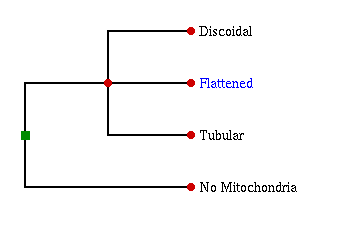Porphyra is a sizeable genus of blade-forming red seaweeds. Its species appear on rocky shorelines throughout the world, although there are few species in the tropics or at the poles. The greatest diversity is found in cold-temperate and boreal regions. Most species are found in nature as winter or summer annuals, and many live in the highest, driest reaches of the intertidal zone.
Certain species are edible - the reddish-black wrapping around sushi rolls consists of washed, chopped, pressed, dried and toasted Porphyra blades. These species are known variously as "laver" (England), "nori" (Japan, North America), "kim" (Korea), "sluckum" (First Peoples of the North American Pacific Northwest) and "karengo" (New Zealand). Porphyra is the focus of a billion-dollar aquaculture industry in Japan, Korea and the People's Republic of China.
The extreme dessication tolerance of some of the high-intertidal Porphyra species has been the focus of physiological research separate from that stimulated by the aquaculture industry.
In morphological terms, Porphyra is among the simplest of the red algae. Moreover, fossils referrable to Porphyra, and its close relative Bangia, have been discovered in Proterozoic (ca. 1100 million years old) and early Mesozoic (ca. 425 million years old) strata. As a result, structural and molecular research, including the complete sequencing of plastid and mitochondrial genomes, is being conducted on Porphyra species by those wishing to learn more about the origin and early evolution of the red algae.

Postulated global eukaryote phylogeny based on presence or (ancestral) absence of mitochondria, and shape of mitochondrial cristae. Porphyra belongs to the flattened clade.

Postulated phylogenetic position of Porphyra, inferred from molecular and morphological data. Branch lengths are arbitrary and do not reflect phylogenetic distance.
Return to summary information